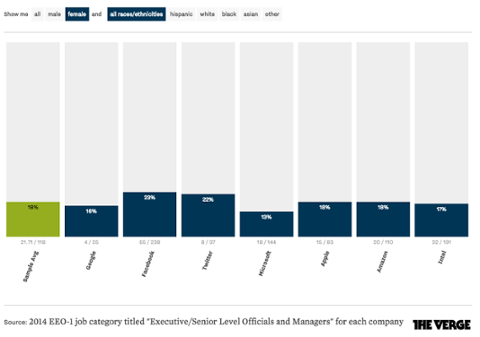Tech Manufacturing Remains Alive in U.S.
According to conventional wisdom, tech manufacturing in the United States is going nowhere but down, driven by a combination of new automation techniques (which reduces the number of people and factories needed to produce goods) and outsourcing (with manufacturing tasks sent to China and other countries). But is that really the case? A new state-by-state analysis of the tech industry by CompTIA (PDF) suggests that the number of tech-manufacturing jobs actually increased by 3,700 between 2014 and 2015, hitting 1.14 million. Manufacturing segments such as computing and peripheral equipment manufacturing likewise enjoyed an uptick in employment during that period. At the same time, however, other manufacturing segments saw declines, including telephone apparatus, radio and wireless communications equipment, and consumer electronics. (CompTIA draws its statistics on jobs, wages, and payroll from reports generated by Economic Modeling Specialists International, or EMSI, which is based on data produced by the U.S. Bureau of Labor Statistics.) Although tech giants such as Apple have announced an intention to increase their collective investment in U.S. hardware manufacturing, the fact remains that enormous factory complexes in Asia have refined the art of rapidly manufacturing millions of devices for relatively cheap. Companies such as Dell have gradually closed their largest U.S. factories over the years, shifting those operations to countries with lower costs. CompTIA’s data, however, suggests that certain elements of U.S. manufacturing remain strong. In addition, data regularly produced by the Bureau of Labor Statistics suggests that manufacturing jobs fluctuate throughout the year, rather than continuously decline—a segment might lose 800 jobs in the first quarter, only to gain 1,200 in the second. The rise of 3D printing and small, domestic manufacturing partners may also help keep U.S. tech manufacturing a vital industry.



